With thousands of new electric charging stations being installed across the country, concerns have been voiced about the safety of drivers when using them late at night.
Unlike refuelling a combustion engine, electric charging is not a two-minute job, and there are worries that if drivers need to add more range during darker hours, there is sometimes nowhere to take shelter or keep warm – and, worst case, the charging point is located in an isolated and poorly lit area of a car park, far from any other building or security.
Another concern is the reliability of charging stations, which could leave low-on-power drivers stranded if one doesn’t work, adding to the dreaded range anxiety many EV owners face.
These issues have prompted calls to the government to make night-time EV charging safety a priority, as well as ensuring the charging network is “fit for purpose”.
Speaking to Autocar, the RAC said the current charging experience is still “inferior” to filling up at the pumps.
“As more drivers switch to EVs, or consider doing so, making sure the public charging network is fit for purpose is vital,” said RAC operations director Simon Williams.
“Everyone is familiar with well-lit fuel forecourts, but with a couple of notable exceptions, the experience of charging an EV when away from home can be quite different and, arguably at times, inferior – especially once darkness falls.
“The fact dwell time for an electric car driver is longer than for someone topping up a petrol and diesel car underlines the importance of making sure the experience is a safe and positive one.
“The recent government consultation on improving the overall public charging experience for drivers was a welcome step forward, but there now needs to be some specific focus on what drivers should expect when faced with charging up at night.”
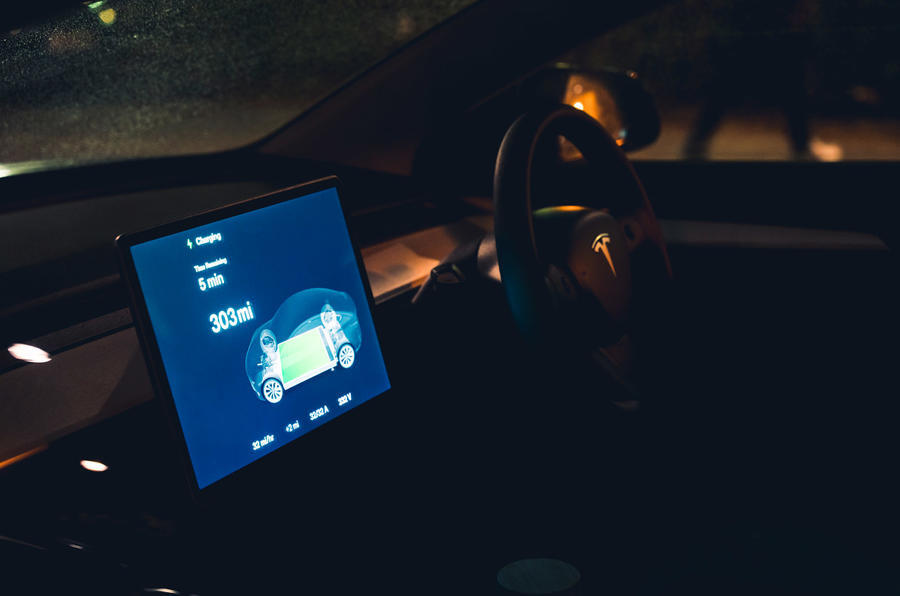

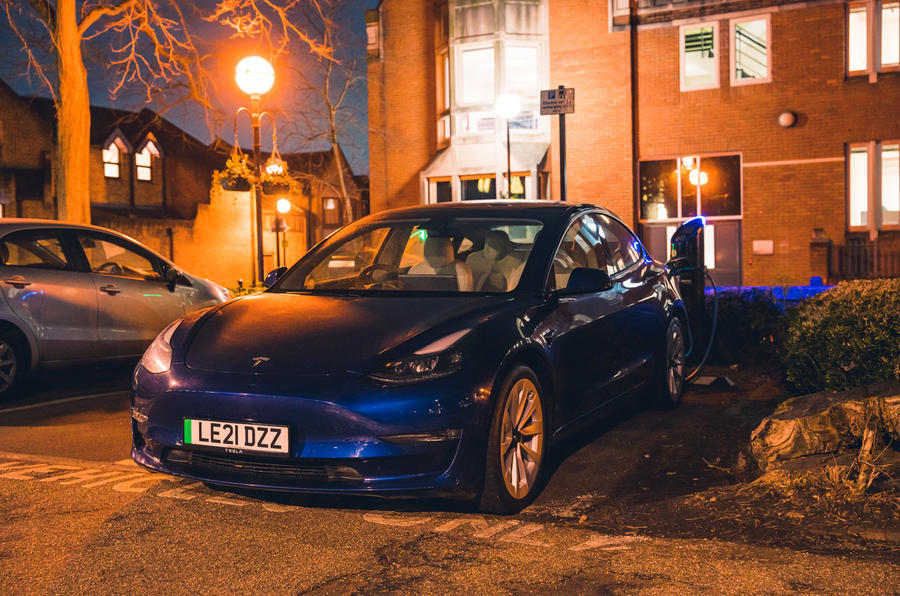

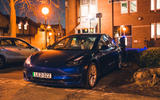


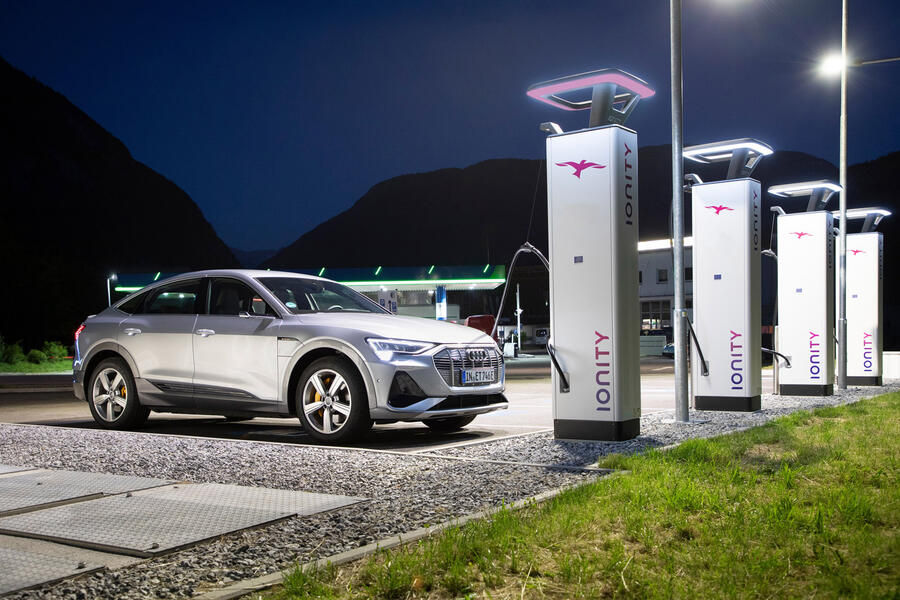
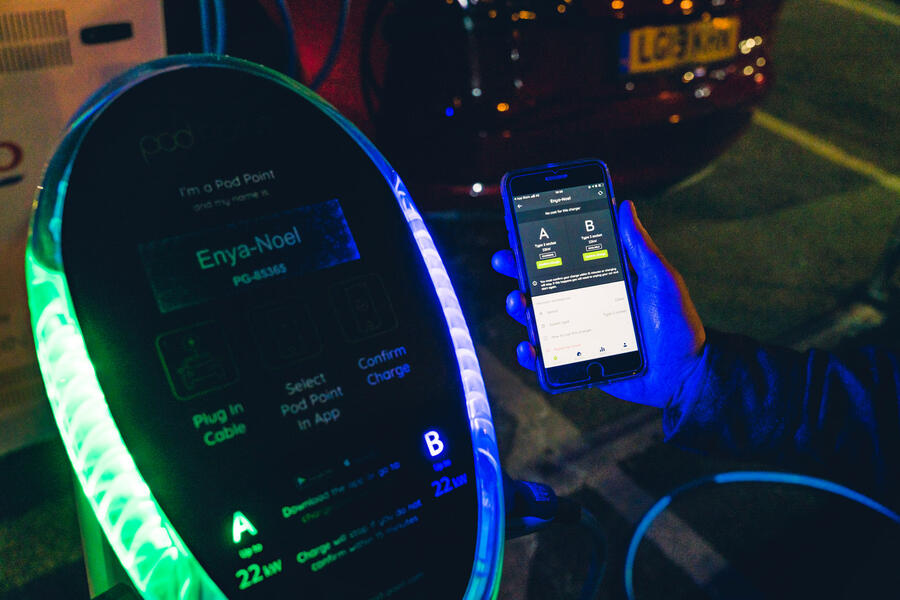






Join the debate
Add your comment
It is so useful for me.
It is so useful for me.
Good information!